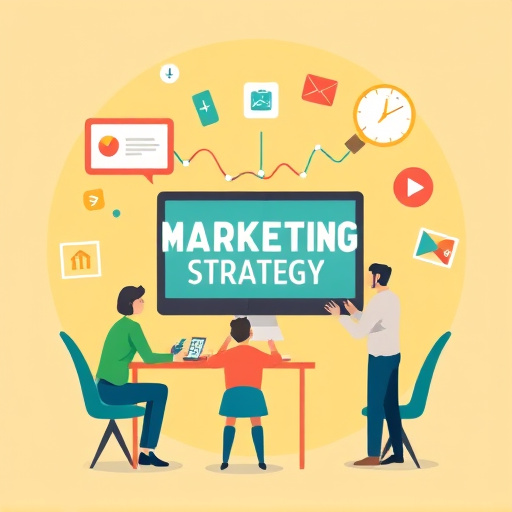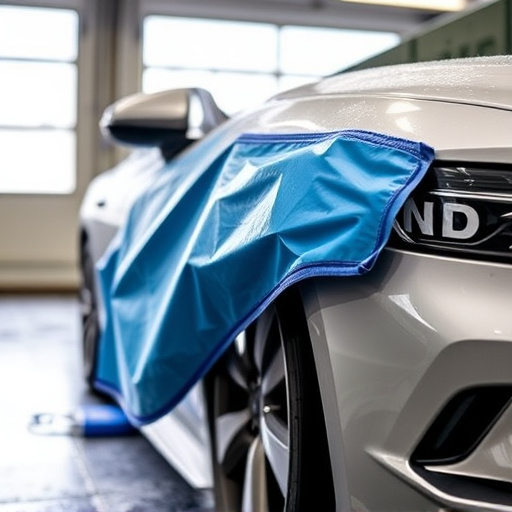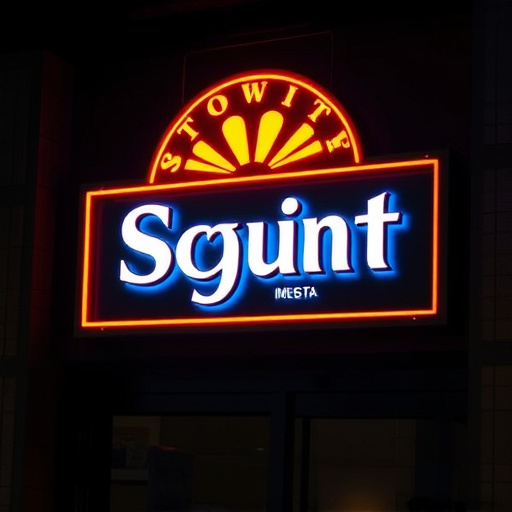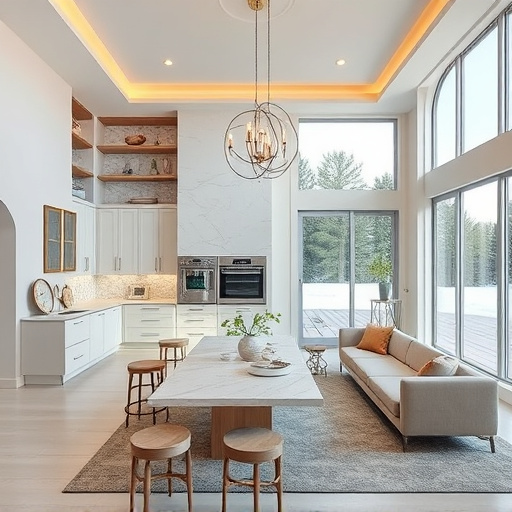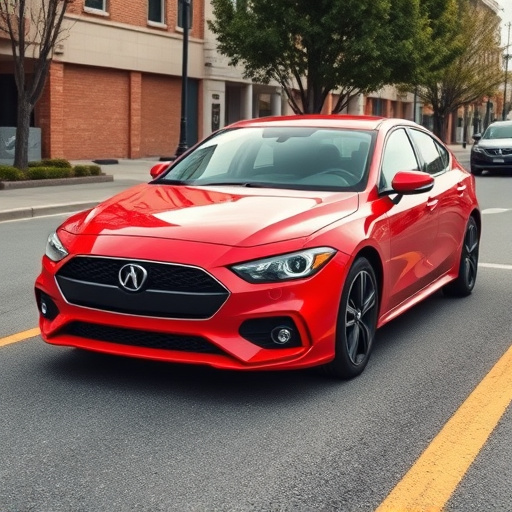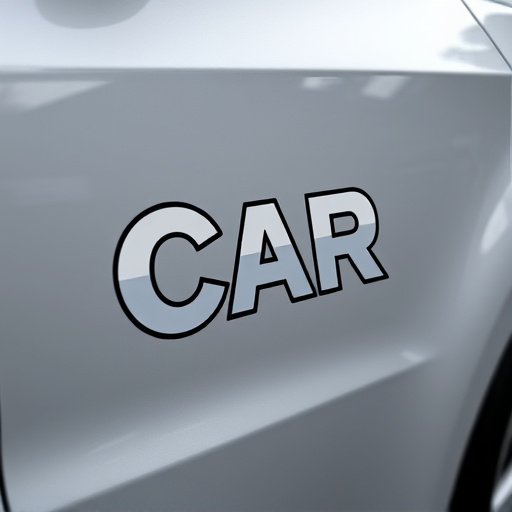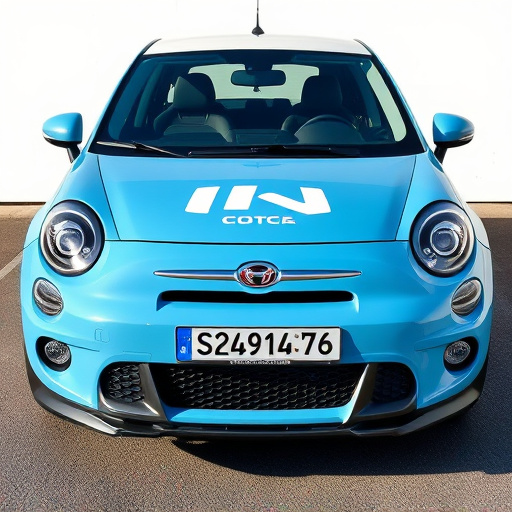In marketing materials design for a window tinting business offering ceramic tinting and paint protection films, focus on marketing materials design that emphasizes precision, innovation, and aesthetics. Understand your target audience (environmentally-conscious, tech-savvy consumers) and highlight unique selling points like heat rejection technologies. Ensure brand consistency across brochures and digital ads to build recognition, trust, and loyalty. Begin with defining core values and mission, then integrate these into design through custom graphics that visually represent your brand. Create a visual style guide for unified aesthetic vision, reflecting high-quality promises of your brand, and aiding collaboration among design teams.
In today’s competitive landscape, aligning marketing materials design with branding is paramount. A cohesive visual identity not only enhances brand recognition but also strengthens customer connections. This article guides you through the essential steps to harmonize your marketing efforts with your brand. From defining core values and creating a visual style guide to ensuring consistent design elements and gathering audience feedback, learn how to craft compelling marketing materials that reflect your brand’s unique identity.
- Understanding Your Brand Identity
- – Define your brand values and mission
- – Create a visual style guide
Understanding Your Brand Identity
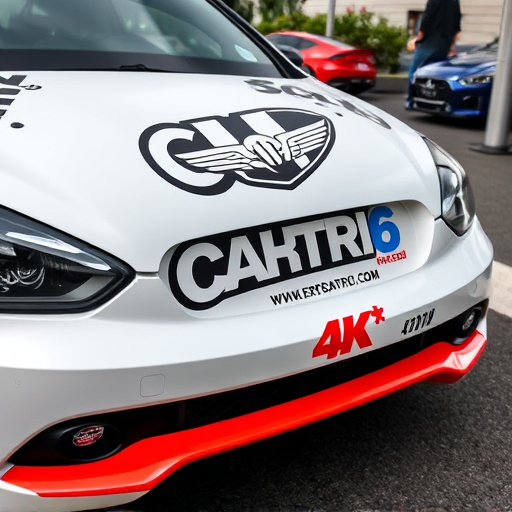
In the realm of marketing materials design, understanding your brand identity is the bedrock upon which all creative decisions should be built. Your brand isn’t just a logo or a catchy phrase; it encompasses the core values, personality, and unique selling points that set you apart from competitors. To align your marketing materials design effectively, start by defining your target audience, brand voice, and the emotional connection you want to forge with them. For instance, if you’re in the window tinting business, such as offering ceramic window tinting or paint protection film, your branding should reflect precision, innovation, and aesthetics – values that resonate with environmentally-conscious, tech-savvy consumers who appreciate both style and functionality.
This process involves delving into what makes your business unique, from the services provided to the materials used, like heat rejection technologies in window tinting products. It’s about ensuring that every aspect of your marketing materials, from brochures to digital ads, carries a consistent message that aligns with your brand identity. This consistency not only builds recognition but also fosters trust and loyalty among your audience, making your marketing efforts more effective in driving conversions and fostering long-term relationships with customers who appreciate a strong, cohesive brand presence, especially when it comes to premium offerings like ceramic window tinting or paint protection films that convey a commitment to quality and durability.
– Define your brand values and mission
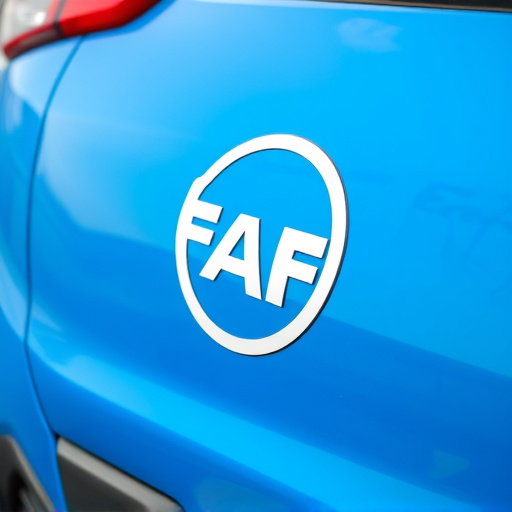
Before diving into the design phase for your marketing materials, it’s crucial to define your brand’s core values and mission. This foundational step ensures that every element of your visual communication aligns with who your brand is and what it stands for. Start by identifying the unique attributes that differentiate your business—whether it’s the exceptional quality of your premium automotive services or the innovative approach to automotive detailing. Crafting a clear mission statement that reflects these distinctions will guide your design choices, ensuring they resonate with your target audience.
Once defined, these values should be seamlessly woven into the fabric of your marketing materials design. Consider using custom graphics that visually represent your brand’s essence and reinforce your messaging. For instance, if your automotive business emphasizes sustainability, incorporate eco-friendly themes or subtle earthy tones in your designs. This strategic integration not only enhances brand recognition but also creates a cohesive and memorable experience for potential customers seeking premium automotive services.
– Create a visual style guide
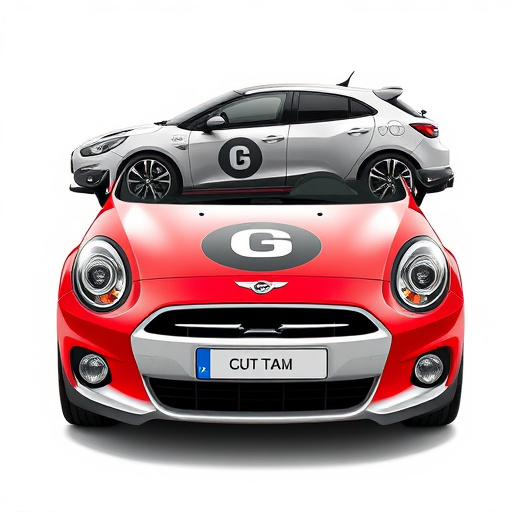
Creating a visual style guide is an essential step in aligning your marketing materials design with your brand identity. This comprehensive document outlines your brand’s visual elements, ensuring consistency across all marketing collateral. It includes color palettes, typography choices, logo usage guidelines, and even specifications for custom vehicle wraps if applicable. By establishing these standards, you guarantee that every piece of marketing material, from brochures to digital ads, reflects the high-quality finishes and protective coatings that your brand promises.
A well-crafted visual style guide serves as a reference for your design team, freelancers, or agencies, promoting collaboration and ensuring that everyone works towards the same aesthetic vision. It helps maintain brand recognition and reinforces your brand’s unique personality in the minds of your audience through consistent visual language, much like how protective coatings safeguard and enhance the appearance of vehicles with custom wraps.
In aligning marketing materials design with branding, understanding your brand identity is paramount. By defining core brand values and crafting a comprehensive visual style guide, you establish a consistent and compelling presence. This ensures that every piece of marketing material resonates with your audience, enhancing brand recognition and fostering a strong connection between your business and its customers. When designing marketing materials, remember to stay true to your brand identity, as this consistency is key to capturing and retaining your target market’s attention.
